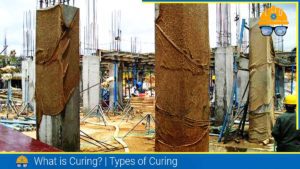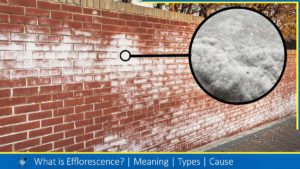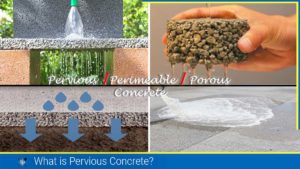Introduction
GFRC stands for Glass Fibre Reinforced Concrete. It is a type of concrete that is reinforced with glass fibres instead of steel. The glass fibres are mixed into the concrete mixture to increase its tensile strength and flexibility, while also reducing its weight. The glass used is alkali-resistant glass fibres, which are typically 3-6 millimetres in diameter.
What is Glass Fibre-Reinforced Concrete?
GFRC was first introduced in the 1940s and has since been used in a variety of building applications, including façade cladding, window surrounds, columns, cornices, balustrades, and more. It is a versatile material that can be moulded into virtually any shape or size, making it an attractive option for architects and designers.
Mixture proportions are determined by the physical property requirements of the end product. AR glass is added to the slurry mixture during the mixing process. As per ACI 549.3R-09, fibre is added in a concentration of 0.25 to 4.0% by weight of the mixture.
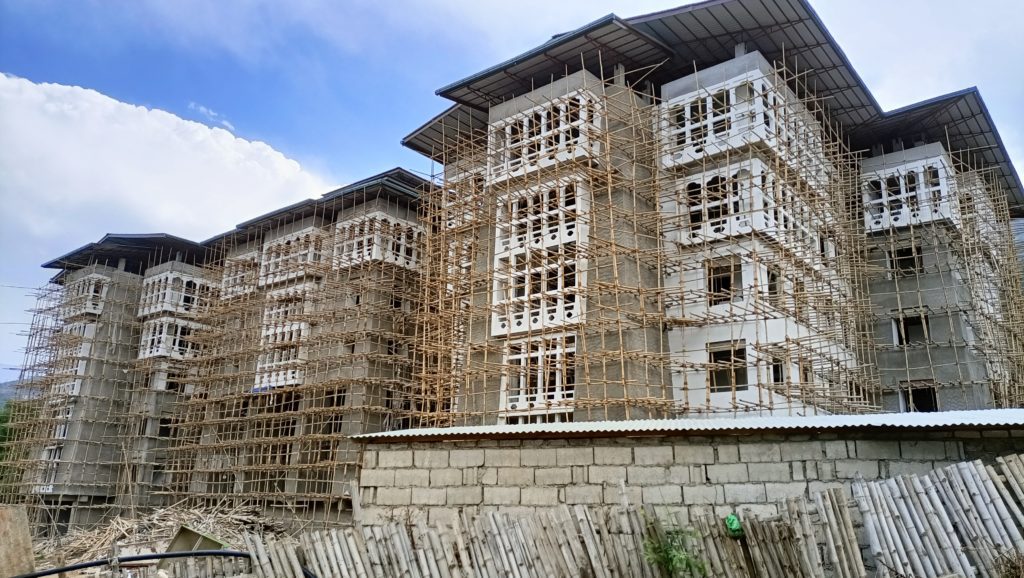
Materials for GFRC premix
For preparing GFRC premix, the materials used may differ from country to country due to ease of availability. However, ACI 594.3R-09, will guide the
- Cement
- Sand
- Alkali-resistant glass fibre
- Water
- Additives
- Acrylic co-polymers
- Steel reinforcement
- Pozzolanic materials
Cement
Cement is one of the most used materials in GFRC premix. The most widely used cement in premix production is ordinary portland cement (OPC), rapid-hardening portland cement (RHPC), and white portland cement. The types of cement should conform to the relevant local standards and specifications, such as ASTM C150/C150M in the United States.
Sand
The choice of sand is an important aspect of preparing glass fibre-reinforced concrete premix and should conform to ASTM C144. Silica sands are recommended and used where available, as their particle shape and grain size are ideal for premix production. The sand should be clean and graded. Silica sands are easier to pump, less abrasive on equipment, and less apt to cause blockage than crushed sand.
Alkali-resistant glass fibre
The AR glass fibres used to reinforce the premix should have a zirconia content of at least 16% by weight (Majumdar 1970, 1985; Fyles et al.1986; PCI MNL 128). The cement solution and concrete mortar are highly alkaline (typical pH > 12) and chemically aggressive. E-glass fibres are not used for the GRC premix as the cementation process is highly alkaline which rapidly deteriorates and loses strength due to the alkaline chemical attack.
The fibre amount and fibre geometry used in the mixture significantly influence the mechanical strength of the premixed product. The physical properties of the premix may be tailored by testing the finished product and optimizing the addition of AR glass fibres in an iterative process.
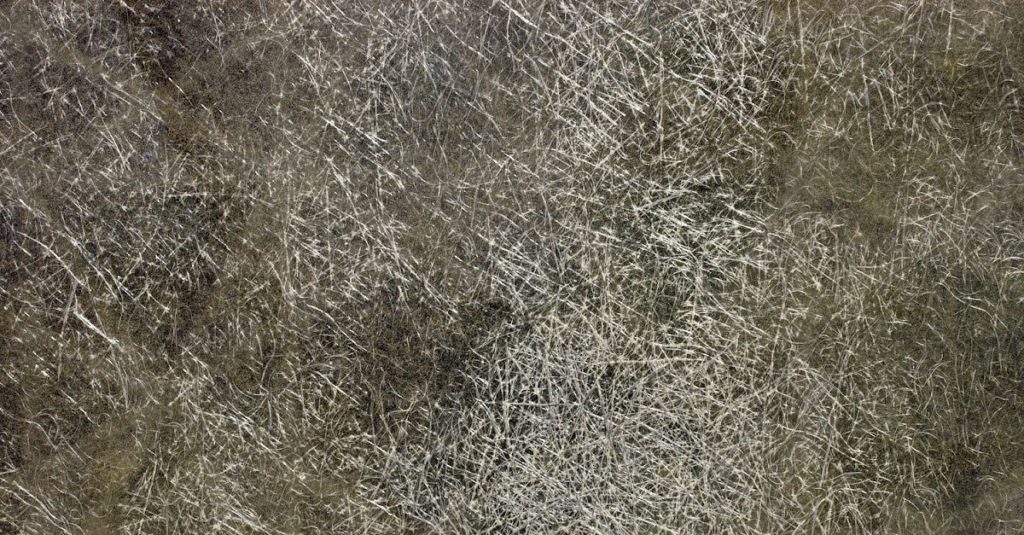
Water
Clean, potable water should be used to prepare the cementitious mixture for producing premix products. The water should be of consistent temperature, if possible, to control or predict the setting behaviour of the cementitious mixture.
Additives
Chemical and mineral additives, if available, are preferably used for manufacturing premix products. Standard additives, such as high-range water-reducing admixtures, water-reducing admixtures, accelerators, acrylic co-polymer dispersions, pozzolans, and pigments, are used in premix to achieve specific end results. Benefits provided by additives include increased workability without an increase in the w/cm, improved cohesion, reduced segregation, reduced bleeding, and retarded or accelerated setting times.
Additives are added in small measured amounts and correct dosage rates to achieve optimal results. Calcium chloride-based accelerators are not recommended if the premix end product contains steel reinforcement or inserts. When co-polymer addition or other liquid additives are used, the water content of the additive is accounted for in the calculation of w/cm.
Acrylic co-polymers
Acrylic co-polymer dispersions may be added to the premix to eliminate wet curing. Cementitious products are normally moist cured to ensure proper hydration of the cement. Proper curing is especially essential for thin-section concrete products. When acrylic co-polymer dispersions are added to the mixture at recommended dosage rates, the hardened product forms a film within the matrix during the early stages of curing. The formation of this film significantly reduces the surface permeability of the product and reduces the loss of water by evaporation. This ensures that sufficient water is retained and available in the product to achieve proper cement hydration. An additional benefit of adding acrylic co-polymer dispersions in the premix is the improvement in permeability and workability obtained, even at low w/cm.
Steel reinforcement
Non-ferrous fibre-reinforced polymer (FRP) should be used (ACI 440R; ACI 440.6) if the reinforcing bar is required for additional reinforcement. Also, all cast-in items, including inserts and attachments, should be non-ferrous, cadmium-coated galvanized steel, or stainless steel.
Pozzolanic materials
Pozzolanic materials such as metakaolin, micro silica, pulverized fly ash and slag cement are commonly used to enhance the properties of AR glass fibre-reinforced cement-based materials. These pozzolanic materials work by reacting with the free lime produced during the cement hydration process. his reaction process, known as the pozzolanic reaction, produces additional cementitious hydration products that help further enhance the strength and durability of the premix.
Pigments
Powder pigments or dispersions are commonly used in the industry to produce coloured premix products. Pigments are normally iron oxide-based and typically conform to ASTM C979.
Advantages of GFRC
- Lighter Weight: GFRC is much lighter than traditional concrete, making it easier to transport and handle during construction.
- High Strength-to-Weight Ratio: GFRC has a high strength-to-weight ratio, making it ideal for structures that need to be both strong and lightweight.
- Durability: GFRC is resistant to cracking and is not affected by weathering, making it ideal for outdoor applications. It also has a high resistance to fire and corrosion.
- Flexibility: GFRC is highly flexible and can be moulded into complex shapes and designs. This makes it a popular choice for architectural and decorative elements.
- Versatility: GFRC can be coloured and textured to match the appearance of natural stone or other building materials. This allows designers and architects to achieve a specific look for their projects.
- Weather-resistant: GFRC is resistant to weathering, moisture, and UV rays, making it a good choice for outdoor applications.
- Low maintenance: GFRC requires minimal maintenance over its lifespan, reducing ongoing maintenance costs and time.
- Environmentally friendly: GFRC uses less cement than traditional concrete, reducing its carbon footprint. It can also be recycled or repurposed at the end of its lifespan.
Uses of Glassfiber reinforced concrete
Glass fibre-reinforced concrete premix products are used in architectural, industrial, decorative, and recreational applications around the world. In this part, we will see some of the important applications of glass fibre-reinforced concrete premix.
Architectural elements:
- Due to its ability to mould into any shape of decorative architectural elements, a variety of architectural products are manufactured. It is used to mould architectural panels and lightweight decorative panels.
- Decorative elements: GFRC can be moulded into a variety of decorative elements, such as cornices, columns, and balustrades.
- Sculptures and art installations: GFRC’s flexibility and durability make it a popular material for creating large-scale sculptures and art installations.
- Countertops and sinks: GFRC can be used to create unique and durable countertops and sinks for kitchens and bathrooms.
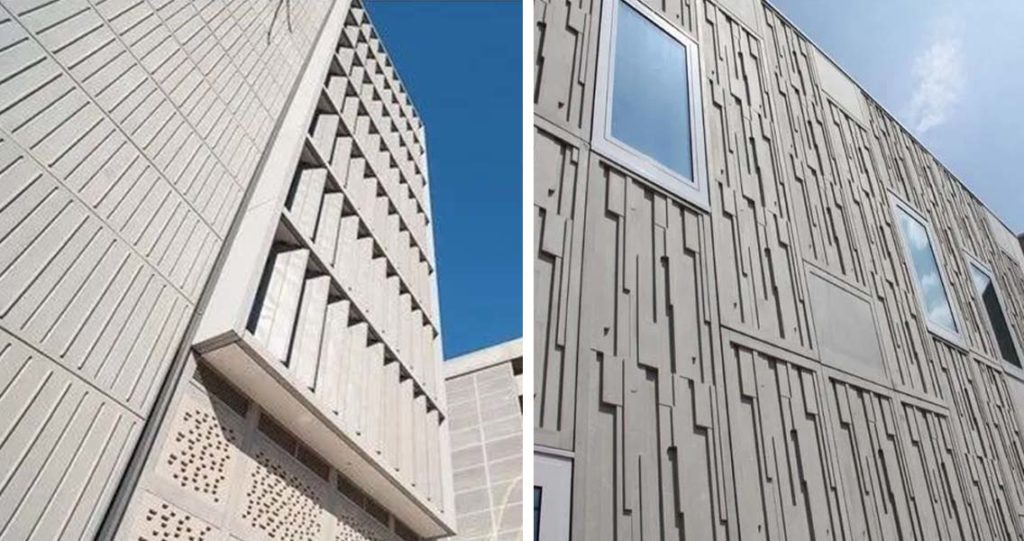
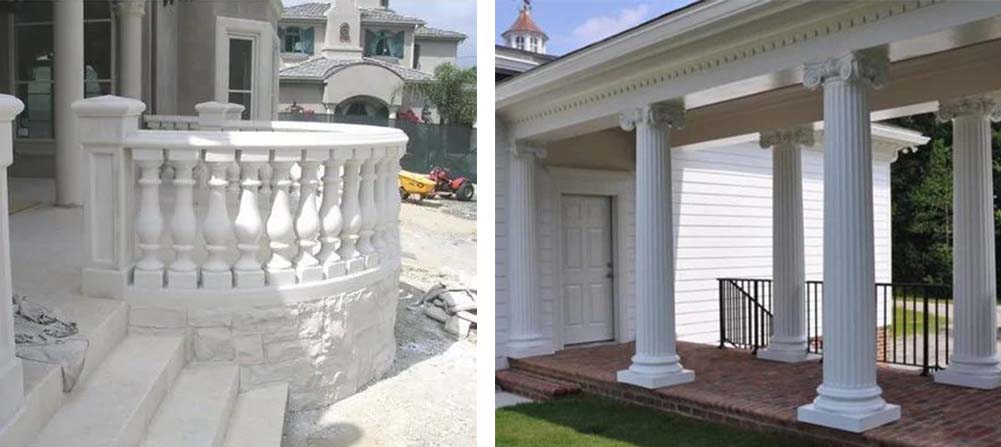
Industrial products:
The reinforced premix is commonly used for trench liners, electrical panels, drain pipes, distribution boxes, drainage trenches, and other applications. In some countries where wood is scarce, premix is used to produce many housing components such as window surrounds, window sills, footing panels, roof tiles, exterior panels, and other applications.
Civil engineering products:
The application of the product of GRC saves a great deal of construction time and provides a smooth or decorative surface on the underside of bridge and tunnel interior surfaces.
Landscaping products:
GRC can be used to cast or create fake stones, rocks, waterfalls and tree planters.
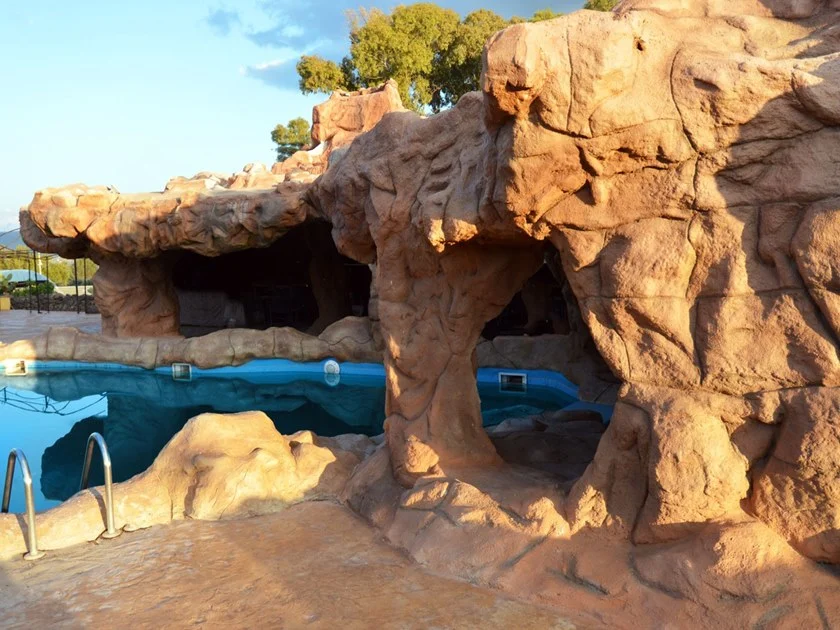
Frequently Asked Questions
Q: What is GFRC made of?
A: GFRC is made of a mixture of cement, water, fine aggregates, admixtures, and glass fibres. The glass fibres are typically chopped into small pieces and added to the mix.
Q: Why is alkali-resistant glass fibre is preferred over other fibres?
A: The cement mixture and concrete mortar are highly alkaline (typical pH > 12) and chemically aggressive. Thus alkali-resistant glass fibre is preferred over other types of fibre.
Q: What are the advantages of GFRC over traditional concrete?
A: GFRC is lighter in weight, more durable, and has a higher strength-to-weight ratio than traditional concrete. It is also more flexible, allowing it to be moulded into complex shapes.
Read also:
- What is Plum Concrete?
- What is Pervious Concrete?
- The Advantages and Applications of Prestressed Concrete
![]()





